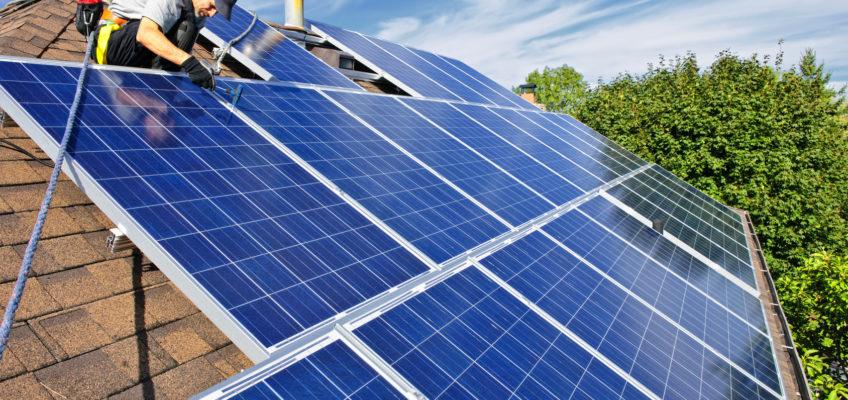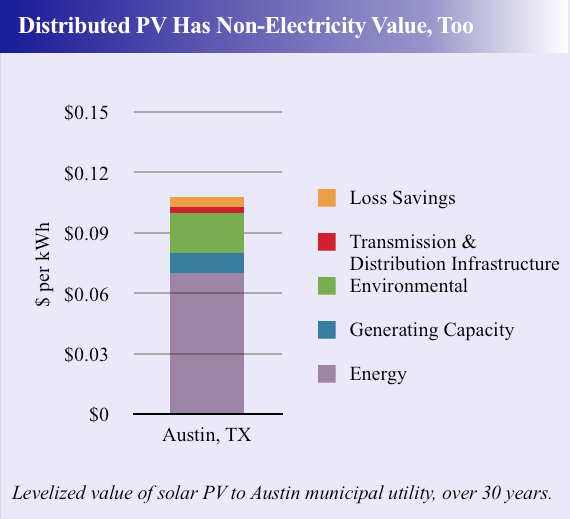A more democratic electricity system is within our grasp, argues the Institute for Local Self-Reliance (ILSR), but we will have to fight for it. The catalyst is renewable energy – wind, sun, etc – that can be harnessed in decentralized fashion virtually anywhere.
“Thirty years ago renewable energy was a novelty,” says John Farrell, author of the new report, Democratizing the Electricity System: A Vision for the 21st Century Electric Grid. “Twenty years ago it was little more than a cottage industry. Today the $100 billion renewable energy industry threatens to overturn the bigger-is-better foundation of the existing, 20th century electricity system.”
The report notes that Germany has installed over 10,000 MW of distributed solar photovoltaics (PV) – mostly on rooftops – in the past two years and renewable energy now constitutes 17 percent of that nation’s electricity generation. Half of its wind energy generators and three-quarters of its solar power plants are locally owned. California plans to add 12,000 MW of distributed electricity power by 2020. Sixteen U.S. states have added a distributed generation mandate on top of their renewable electricity requirements.
“The battle for the future control and ownership of our energy system is on,” ILSR senior researcher Farrell maintains. “Utilities are fighting back by encouraging policy makers to put up roadblocks to a democratic energy future and by belittling renewable energy’s potential.”
For example, many utilities claim that the variable nature of renewable energy means it cannot supply more than 5-10 percent of local grid power without causing major technical problems. But distributed solar power is already providing 50% or more of the electricity in localized parts of the U.S. grid.
Says Farrell, “The major barriers are not technical, but political.”
Those barriers include federal regulatory agencies that lavish handsome financial incentives on centralized renewable energy projects and new high-voltage transmission, incentives unavailable to distributed electricity generation. They include federal and state energy incentives that discriminate against locally owned distributed energy generation and in favor of centralized, absentee owned power plants.
The report also examines the prevailing opinion that the U.S. should pursue both centralized and decentralized energy strategies, but offers this contrasting opinion from the German Federal Environment Minister after his in-depth investigation:
“It is economically nonsensical to pursue two strategies at the same time, for both a centralized and a decentralized energy supply system, since both strategies would involve enormous investment requirements…We can’t go down both paths at the same time.”
Democratizing the Electricity System: A Vision for the 21st Century Electric Grid is available from ILSR at its New Rules Project homepage. To read the executive summary or download the report (on June 22, 2011), click here.
To view the report’s charts and graphics (web-ready), click here.
For questions or interviews, contact report author John Farrell at jfarrell@ilsr.org, 612-276-3456, or on Twitter @johnffarrell.





